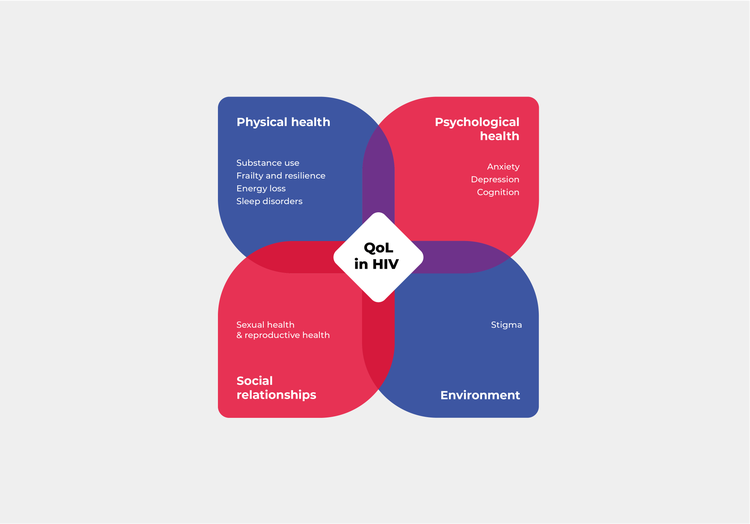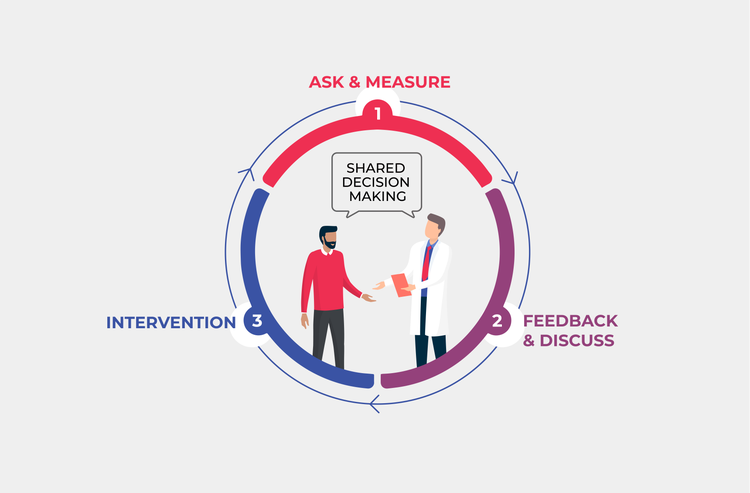Beyond HIV

Looking beyond HIV
With or without HIV, living healthily is a challenge for many people. But for those with the condition, there are a multitude of factors that can impact on your wellbeing and health, both physical and psychological. That’s why the ‘fourth 90’* is so important – it looks beyond HIV and considers your overall quality of life, and the many factors that might affect it.

You are the expert in your quality of life
Good quality of life is a complex and diverse concept; the factors that affect it differ from person to person, and even from day to day. We are all unique, which means healthcare professionals alone can’t develop tailored quality of life care plans. Ultimately, the person who knows which aspects of living well matter most is you.Your doctor needs to know what factors of living well are important to you. Whether this is physical, mental or sexual health, or even concerns outside of direct health issues, such as stigma. These conversations aren’t always easy, which is a key reason why we developed the ‘Health Goals for Me’ framework – to offer step-by-step guidance for both you and your clinicians on the best way to approach these discussions.
Often, many patients believe problems important to them are not important to their doctor – but this is never the case. It is essential for you to be honest and open with your healthcare professionals for them to ensure your unique needs are met.
Only through honest and open conversations and aligning on care goals, can you achieve a care plan that is right for you.

Learn about the conception of the 'Health Goals for Me' framework and how you and your healthcare professional can develop a care plan tailored to your individual quality of life goals.
*Since the proposal of the ‘Health Goals for Me’ framework, UNAIDs have announced an updated 95-95-95 target to help end the AIDS epidemic. Despite this update, the Moving Fourth Steering Committee believe improving quality of life remains a key goal to achieve health living with HIV. As such, the framework should still be considered an important component of HIV care.
